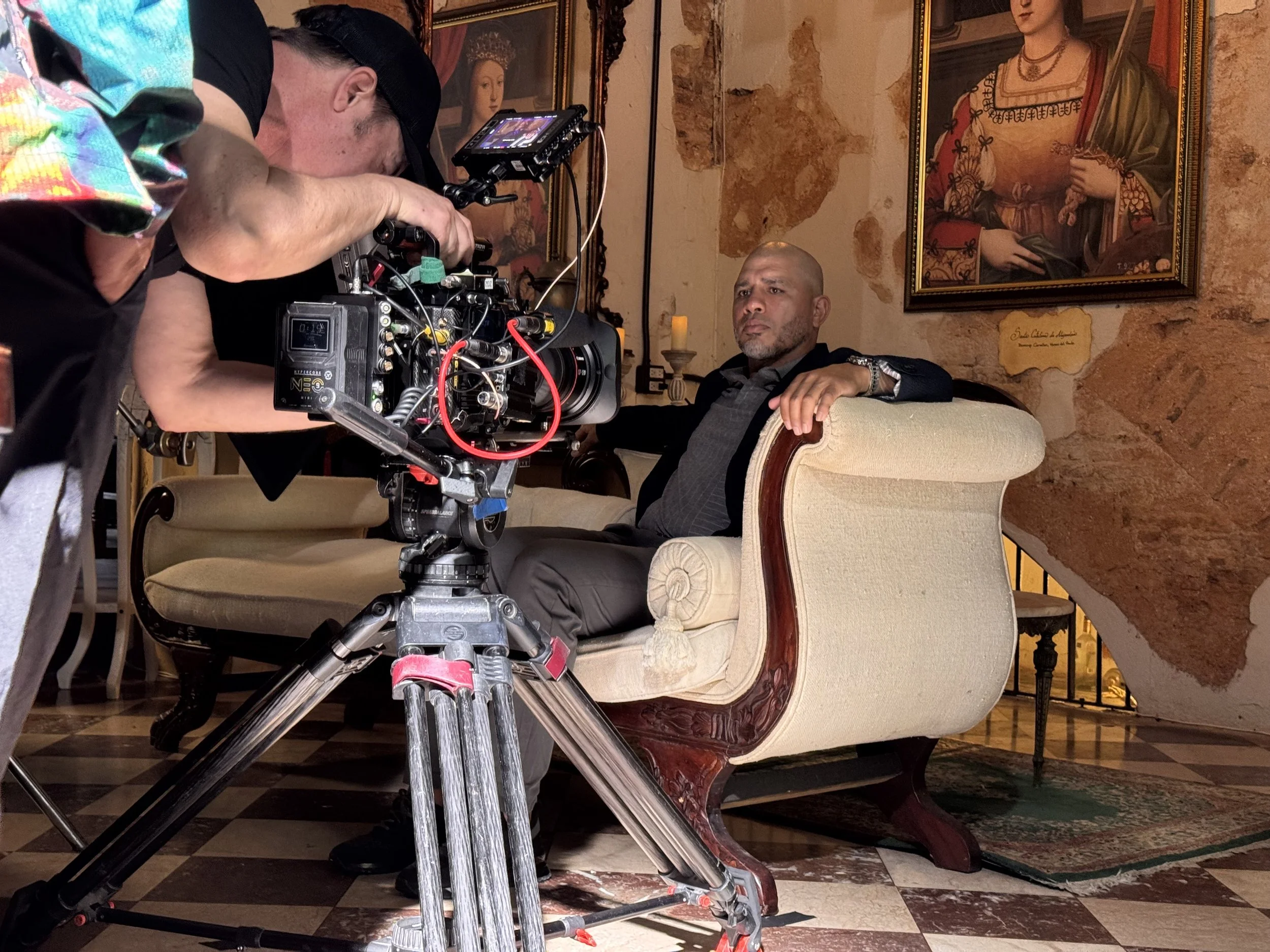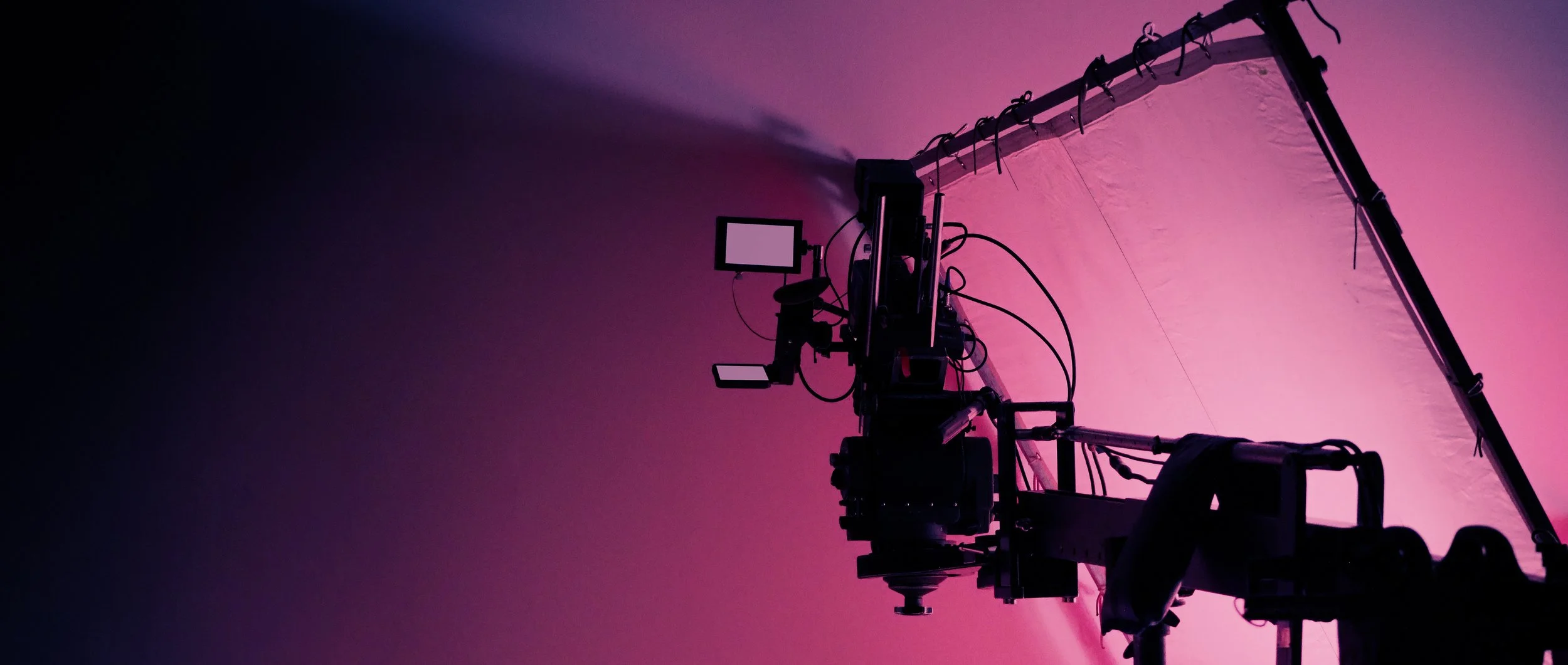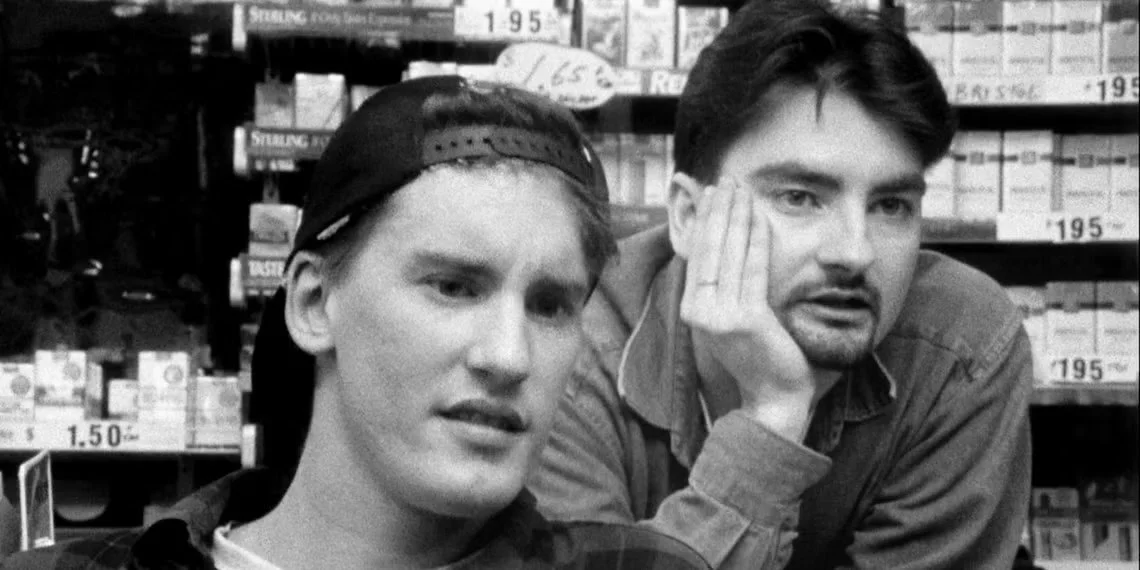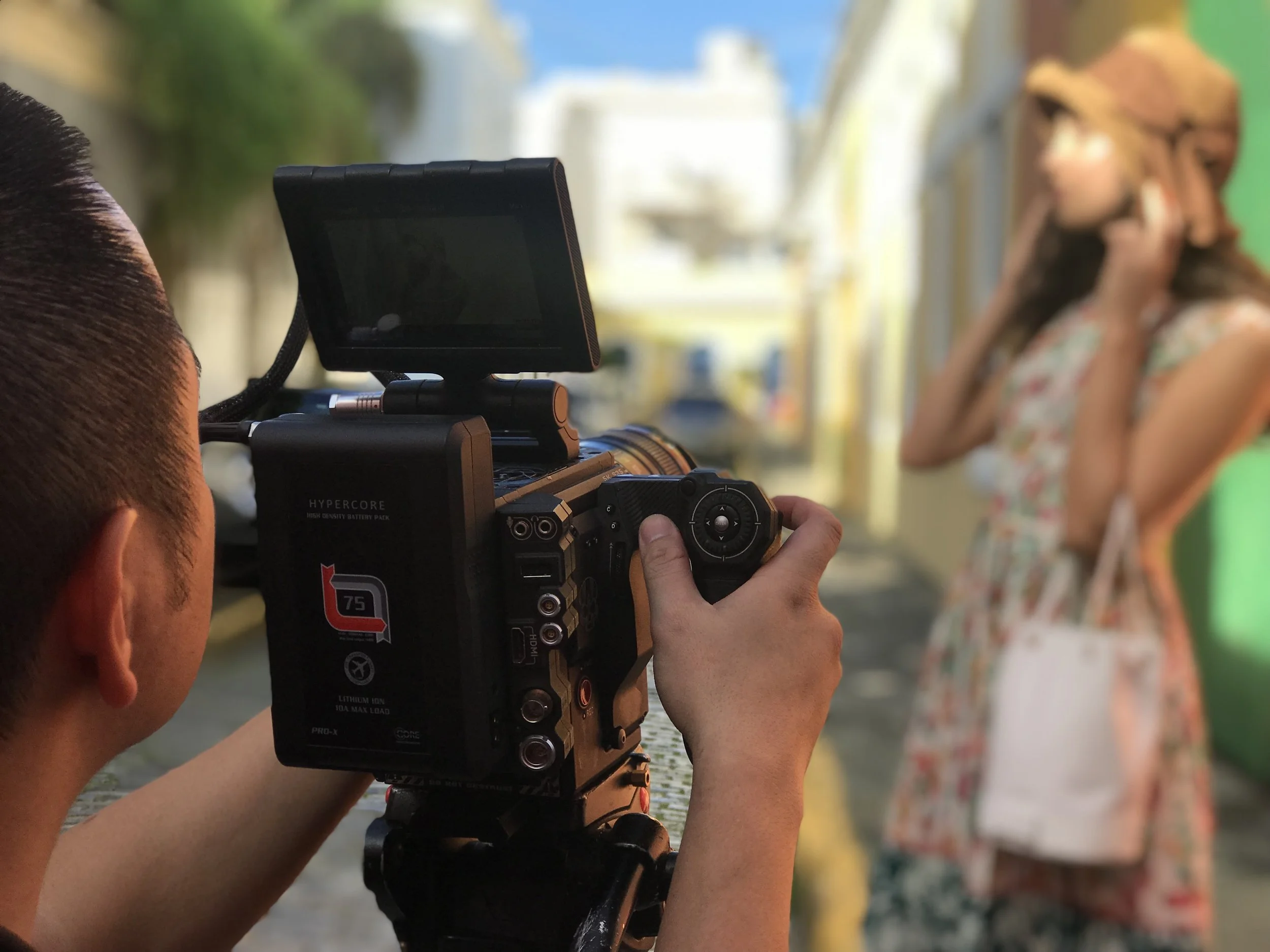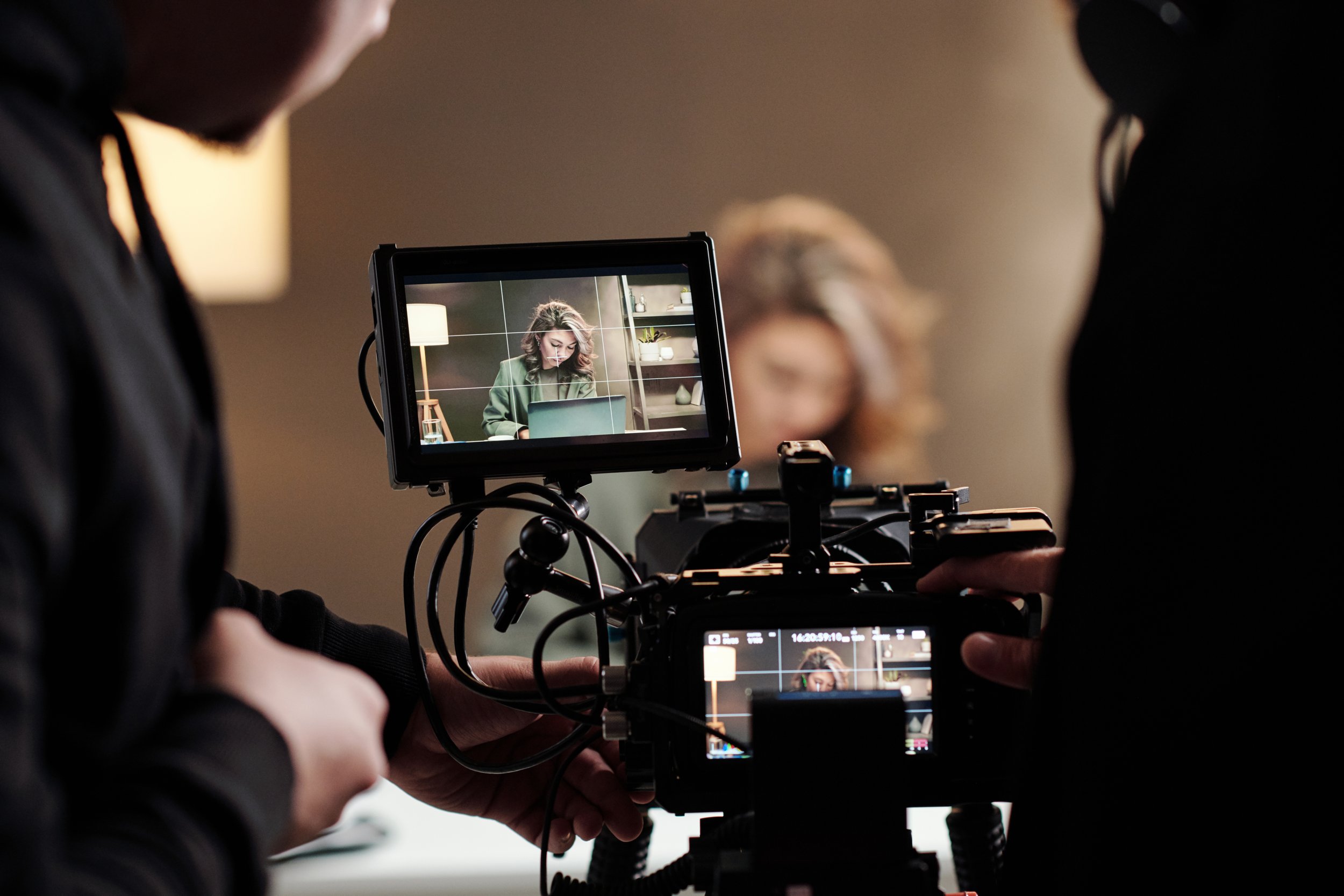CereProds proudly supported ESPN Top Rank Boxing’s The Final Word by providing top-tier local crew hiring across all departments, including…
CereProds New Work on HBO Max’s “Paul American” – A Milestone in Puerto Rico Reality Production
At CereProds, we’re thrilled to announce our latest achievement: providing production support for the Puerto Rico segments of HBO Max’s highly anticipated reality series, Paul American. This groundbreaking show, featuring global sensations Jake and Logan Paul, premiered on Max on May 28, 2025, and we couldn’t be prouder to have played a pivotal role in bringing this project to life.
Behind the Scenes of Paul American
Paul American offers an unfiltered look into the high-octane lives of Jake and Logan Paul, two of the biggest names in entertainment and social media. From their larger-than-life personalities to their raw, intimate moments, the series captures it all. The Puerto Rico segments, in particular, showcase the island’s stunning landscapes and vibrant energy, making it the perfect backdrop for the Paul brothers’ adventures.
CereProds was entrusted with managing the production logistics for these segments, ensuring a seamless experience for the Paul American team. From pre-production planning to on-the-ground execution, our talented crew worked tirelessly to deliver a world-class filming experience. We handled everything—location scouting, permits, equipment, and coordination—so the creative team could focus on capturing the magic of the Paul brothers’ story.
Why Puerto Rico? A Filmmaker’s Paradise
Puerto Rico has long been a sought-after destination for filmmakers, and Paul American is a testament to why. The island offers a diverse range of locations, from pristine beaches to lush rainforests, all within a compact geographic area. Add to that the generous filming incentives provided by the Puerto Rico Film Office, and it’s no surprise that productions like Paul American choose to film here.
At CereProds, we specialize in maximizing these advantages for our clients. For Paul American, we leveraged our deep knowledge of the island to secure breathtaking locations that perfectly complemented the show’s high-energy vibe. Our scalable services ensured that the production stayed on budget while delivering exceptional quality, a hallmark of CereProds’ commitment to excellence.
A Shout-Out to Our Amazing Team
We want to extend a massive thank you to our brilliant CereProds crew, whose professionalism and dedication made the Puerto Rico segments of Paul American a resounding success. From our skilled technicians to our logistics experts, every member of the team brought their A-game to this project. We’d also like to thank the producers of Paul American, as well as Jake and Logan Paul, for trusting us with this incredible opportunity.
CereProds: Your Partner in Puerto Rico Film Production
This project underscores why CereProds is the go-to production company for film and TV projects in Puerto Rico. Whether you’re working on a documentary, commercial, narrative film, or reality TV series like Paul American, we offer full-service production support tailored to your needs. Our expertise spans every stage of the filmmaking process—conception, pre-production, production, editing, VFX, and delivery—ensuring a smooth and efficient experience for your project.
Puerto Rico isn’t just a filming destination; it’s a creative hub with a highly skilled crew base and unparalleled incentives. At CereProds, we’re passionate about showcasing the island’s potential while providing top-tier production services that help your vision come to life.
Watch Paul American Now on HBO Max
You can stream Paul American now on HBO Max and witness the stunning Puerto Rico segments we’re so proud to have supported. See for yourself how the island’s beauty and our production expertise came together to create something truly special.
Let’s Bring Your Next Project to Life
Inspired by Paul American? Let CereProds be your partner for your next film or TV project in Puerto Rico. With our comprehensive production services, experienced team, and deep understanding of the island’s filming landscape, we’re equipped to make your vision a reality. Contact us today to learn more about how we can support your project, from concept to completion.
About CereProds
CereProds is a full-service film and video production company based in Puerto Rico. We work with a wide range of projects, including documentaries, branded content, commercials, narrative films, television, music videos, and more. Our mission is to provide seamless production support, allowing filmmakers to focus on their creative vision while we handle the rest. Learn more at cereprods.com.
Follow us on 𝕏 at www.x.com/cereprods @cereprods
As the 78th Cannes Film Festival (May 13-24, 2025) wrapped with dazzling premieres and global acclaim, the world’s eyes were on bold storytelling and fresh voices. While Puerto Rico didn’t have films in this year’s Cannes lineup, the island’s cinematic scene is buzzing with energy, ready to take center stage. At CereProds, Puerto Rico’s leading film production services company and creative studio, we’re here to champion the island’s unique voices and autistic vision, inviting filmmakers worldwide to create with us in this vibrant hub.
Puerto Rico: A Cinematic Gem Waiting to Shine
Puerto Rico is a stroytellers paradise, blending rich cultural heritage - Taíno, African, Spanish and modern influences - with stunning landscapes, from Old San Juans histroic charm to El Yunque’s lush rainforests. This diverse ecosystem fuels narratives that resonate globally, offering filmmakers a canvas for bold, authentic stories. At CereProds, based in Guaynabo, we’re passionate about bringing those visions to life. Our full-service team handles everything from location scouting to casting to post-production, with a brand new 20’x40’ L shaped cyclorama wall and large studio spaces ready for your next project.
A Legacy of Cinematic Excellence
Puerto Rico’s film history is packed with iconic moments. The island starred in GoldenEye (1995), where the Arecibo Observatory became a thrilling backdrop for James Bond. Independent gems like Blood In, Blood Out (1993) captured Latino grit and earned a cult following, while The Rum Diary (2011) and West Side Story (2021) showcased Puerto Rico’s versatility for both blockbusters and prestige projects. Puerto Rican talent shines bright, too, with Oscar-winner Benicio del Toro (Traffic, 2000), Joaquín Phoenix, born in Puerto Rico (Joker, 2019), and emerging directors like Gabriela Díaz Arp, whose short Matininó recently turned heads at festivals. These achievements prove Puerto Rico’s cinematic prowess.
Tax Incentives: Your Budget’s Best Friend
Puerto Rico isn’t just creatively inspiring—it’s a financial win for filmmakers. The island offers up to 40% transferable tax credits on qualified local spending, covering crew, equipment, and post-production. With no state income tax for certain projects and streamlined permitting through partners like CereProds, filming here is cost-effective and seamless. These incentives make Puerto Rico a top destination for projects of all sizes, from indie shorts to major features, letting you focus on storytelling while maximizing your budget.
A New Wave of Filmmakers Ready to Roar
Puerto Rico’s next generation of filmmakers is bursting with creativity, eager to share stories of identity, resilience, and cultural pride. From experimental shorts exploring Indigenous roots to modern narratives with global appeal, these artists are chomping at the bit to make their mark. At CereProds, we’re proud to support this wave, offering world-class production services to local and international creators. Our team, with decades of experience across the US, UK, and beyond, is ready to bring your vision to life with precision and passion.
Why CereProds?
As Puerto Rico’s go-to film and video production company, CereProds delivers end-to-end support for documentaries, commercials, music videos (like our recent project for Triple Charm in Aguadilla), and narrative films. Our local expertise, paired with deep knowledge of Puerto Rico’s tax incentives and logistics, ensures your production is smooth, sustainable, and stunning. We’re always on the hunt for the next big project—let’s create something unforgettable together.
Join Us in Puerto Rico’s Cinematic Future
While Cannes 2025 celebrated global cinema, Puerto Rico is poised to steal the spotlight soon. With its unique voices, autistic vision, and unbeatable production advantages, the island is a filmmaker’s dream. At CereProds, we’re ready to partner with you to craft stories that resonate worldwide. Visit cereprods.com to start your next project in Puerto Rico, where creativity knows no bounds.
Let’s make movie magic!
At CereProds, we’re passionate about creating exceptional content and providing top-tier studio space for photo and video shoots in Guaynabo, Puerto Rico. But we’re more than just a studio—we’re a community of creators, innovators, and storytellers. Want to stay in the loop with everything we’re up to? Follow us on our social media platforms to get the latest updates, behind-the-scenes peeks, and tips for your next big project. Here’s where you can find us:
Join us on 𝕏 for real-time updates and conversations! We’re sharing quick tips for photographers and videographers, announcing studio availability, and engaging with the creative community. Have a question or want to collaborate? Drop us a tweet—we’d love to hear from you.
Our Instagram is a visual feast! Check out stunning shots from projects filmed in our Guaynabo studio, explore reels of behind-the-scenes action, and get inspired by the incredible work our clients produce. Follow us for a steady stream of creative eye candy and studio highlights.
Short, snappy, and packed with personality—our TikTok is where we have some fun! From quick tutorials on lighting setups to time-lapses of shoots in progress, we’re bringing the CereProds vibe to your For You page. Follow us for bite-sized inspiration you can’t scroll past.
Looking for a deeper dive into the creative process? Threads is where we share thoughts, ideas, and stories about life at CereProds. It’s the perfect spot to connect with us on a more personal level and join the conversation about all things content creation.
Our YouTube channel is your go-to for longer-form content. Watch studio tours, client testimonials, and in-depth breakdowns of photo and video techniques you can use in our space. Subscribe now to never miss a video and see what makes CereProds the ultimate creative hub in Puerto Rico.
For the professionals out there, connect with us on LinkedIn! We’re sharing industry insights, networking opportunities, and updates on how CereProds is supporting businesses and creators in Guaynabo and beyond. Let’s build something amazing together.
On Facebook, we’re building a community of creatives! Follow our page for event announcements, live Q&A sessions, and a showcase of the amazing projects coming out of our Guaynabo studio. Like and follow us to stay connected and join the discussion.
No matter which platform you prefer, we’re excited to share our journey with you. Whether you’re a photographer, filmmaker, or just a creative soul looking for inspiration, there’s something for everyone across our social media accounts. Follow us today, tag us in your projects, and let’s create something extraordinary together at CereProds!
Ready to book our studio for your next shoot? Contact us through any of our social channels or visit our website for more details. See you online—and hopefully in Guaynabo soon!
#CereProds #StudioLife #PuertoRicoCreatives #SocialMediaConnect
Puerto Rico is a filmmaker’s paradise, offering more than just stunning locations—it’s home to one of the most generous film tax credit programs in the industry. At CereProds, we’re here to help you tap into these lucrative incentives while delivering top-tier film production services tailored to your project.
The 1990s were my cinematic north star—indie films like Pulp Fiction, The Blair Witch Project, and Clerks weren’t just movies; they were a revolution. Low budgets, big ideas, and a shot at the big screen felt within reach. Now, in 2025, running Cereprods from Puerto Rico, I see a different beast: a sprawling, digital indie world that’s both thrilling and maddening. So, how did we get from that golden age to this platform-driven chaos? Let’s dig in
From the sun-drenched beaches of Rincón to the vibrant streets of Old San Juan, Puerto Rico is a storyteller’s paradise—and for the past 10 years, CereProds has been the go-to team for capturing its essence. Based in Guaynabo, this full-service film and video production company has spent a decade perfecting the art of turning ideas into stunning visuals. With a track record of happy clients and a knack for making the impossible happen…
Nestled on the northern coast of Puerto Rico, Old San Juan is a vibrant tapestry of history, culture, and natural beauty. As one of the oldest European-founded settlements in the Americas, this colorful colonial district offers much more than just a glimpse into the past—it’s a living, breathing destination that seamlessly blends architectural marvels, strategic fortifications, and modern appeal. For travelers, photographers, filmmakers, and anyone with an eye for the extraordinary, Old San Juan is a…
Sony a1 II Gains ProRes RAW Support: A Significant Upgrade for Filmmakers
Sony’s flagship camera, the Sony a1 II, has received a noteworthy update that’s set to elevate its standing in the professional video market. The addition of ProRes RAW support marks a meaningful enhancement for filmmakers, and today, we’re breaking down what this means for users. Let’s explore the details.
ProRes RAW Arrives on the Sony a1 II
The headline feature: the Sony a1 II now supports ProRes RAW recording over HDMI when paired with Atomos recorders. This enables filmmakers to capture 4.3K ProRes RAW footage at up to 59.94 frames per second using compatible devices from Atomos’s Ninja and Shogun lines, including the Ninja V, V+, Ninja Ultra, Shogun Connect, Shogun, and Shogun Ultra. To unlock this capability, users will need to download the 11.14.00 firmware update, available directly from the Atomos website. Once installed, this update transforms the Sony a1 II into a formidable tool for professional video workflows. While the a1 II’s initial launch didn’t redefine the flagship category, this development adds a competitive edge that could sway videographers who demand high-quality output.
The Value of ProRes RAW for Professionals
What makes ProRes RAW worth noting? Developed by Apple, this compressed RAW codec combines the flexibility of traditional RAW video with the efficiency of ProRes, offering a practical solution for high-end cinematography. It delivers exceptional dynamic range and color depth while keeping file sizes manageable—a critical advantage for projects requiring HDR or extensive post-production work. Atomos has played a pivotal role in advancing this technology, enabling RAW capture on cameras like the Sony a1 II that lack internal RAW recording support. For a1 II users, this translates to superior image quality, greater latitude in editing, and a streamlined process for complex grading and compositing tasks. It’s a clear win for professionals seeking to maximize their footage’s potential.
Advantages and Limitations of ProRes RAW
As with any tool, ProRes RAW comes with strengths and trade-offs. Among its benefits, it outperforms standard compressed formats such as H.264 or H.265, providing enhanced image quality and greater control over variables like ISO, exposure, and white balance during post-production. Its efficient compression strikes a balance between quality and storage demands, and it integrates seamlessly with industry-standard software like Final Cut Pro and Adobe Premiere Pro. Additionally, its HDR compatibility aligns with modern production needs.
However, there are challenges to consider. Notably, DaVinci Resolve—a cornerstone of professional color grading—does not natively support ProRes RAW, requiring users to employ workarounds. The Sony a1 II also lacks internal ProRes RAW recording, necessitating an external recorder like the Atomos Ninja or Shogun, which adds to the gear footprint. While file sizes are smaller than those of traditional RAW formats, they can still strain storage and processing systems. This lack of Resolve support remains a significant drawback, fueling discussions in the industry—such as the ongoing comparison between ProRes RAW and Blackmagic RAW (BRAW), the latter being favored by Resolve users for its native integration.
Final Thoughts: A Step Forward for the Sony a1 II
The addition of ProRes RAW support marks a substantial upgrade for the Sony a1 II, enhancing its appeal to professional filmmakers. While it doesn’t reinvent the camera, it offers a practical boost when paired with an Atomos recorder, catering to those who prioritize flexibility and quality in their video work. Does this shift your perspective on the a1 II, or does it still fall short of groundbreaking? We’d love to hear your take—share your thoughts in the comments below and stay tuned for more insights into the latest filmmaking tools.
The Sony FX9 has become the industry standard for documentary production, superceding its predecessor the FS7(ii) and providing videographers and filmmakers alike with crystal clear, razor sharp imagery in a wide variety of filming situations. Join Mike in the CereProds studio as he discusses the features of the unit and the potential upgrades in the rumored FX9ii.
Hey there, animation aficionados and “Arnold T. Fetus” fanatics! We’ve got some electrifying news just for you. Our beloved series, “Arnold T. Fetus,” is gearing up to bring you a thrilling new set of episodes, packed with all the quirkiness and hilarity that you’ve come to love. Dive back into Arnold’s whimsical world and get ready for an adventure like no other!
As professional videographers, a large part of our business in in filming and conducting interviews. But sometimes the logistical aspects of reaching those unique places in an interview can be lost amongst the technical aspects of photography itself. Join Mike in the CereProds studio as he discusses 5 easy to apply techniques to create impactful and important interviews in any situation.
Welcome to CereProds' latest YouTube video, where creativity meets practicality. In "5 Practical Low Budget Ways to Modify Your Next Shot", we're diving deep into innovative techniques that redefine your filmmaking experience without straining your wallet.
Join us as we explore five transformative, cost-effective methods that push the boundaries of what's possible with your current setup. Whether you're an aspiring filmmaker or a seasoned pro, this video is designed to inspire, motivate, and enhance your storytelling skills.
🔶 Highlights Include:
- Clever lighting hacks to create mood and depth
- DIY tools that enhance camera movement
- Light bending tricks for unique looks
- Unique perspectives with homemade rigs
Each technique is carefully crafted to maximize impact while minimizing cost. Our producer Mike Biggam provides insightful tips, detailed demonstrations, and insider secrets to help you achieve professional-quality results.
Get ahead in the filmmaking game with strategies that keep budgets low and creativity high. Perfect for filmmakers eager to innovate and adapt in an ever-evolving industry.
Click to watch now and take the next step in your creative journey.
🔗 Don’t forget to subscribe to our channel and visit CereProds.com for more groundbreaking content!
Hello and welcome to CereProds! We are a full service production resources company and creative house based in Puerto Rico roughly 8 miles outside of the capital San Juan
We have a studio which is available for rent with a L-shaped Cyclorama wall roughly 20x 40ft with a 16t head clearance and a full Production Studio grid. We also provide grip, electrical equipment and full camera and lens packages for rental on site, in studio or on location.
CereProds provides production resources and services to any type of show that that is coming to the island from small run-and-gun documentaries, commercials, music videos, TV shows, feature films as well as branded content, social media content, model shoots, interviews… anything that involves camera and sound you can count on us to provide everything you need.
Over the last 10 years we're very proud to have worked for for a wide range of companies from around the world including ABC, CBS Viacom, MTV, HBO, Google, NASA… we have not yet shot on the moon but we aim high so watch this space for any updates!
If you're bringing a project to Puerto Rico if you need any type of production support whether it's a still model shoot or a full-blown TV series or movie or anything in between give us a call you can email us directly at info@cereprods.com or hit the website and find a contact form and give us a shout through there. Please do like this video and subscribe to our YouTube Channel and comment down below if you want to see any other types of videos.
We will be bringing you a series of videos looking at all the equipment we have available for rent what it's good for how to use it and some tips and tricks on how to improve or change your cinematography game thanks for watching and we look forward to seeing you again!
Until next time!
Are you seeking a captivating backdrop to bring your creative vision to life? Look no further than CereProds LLC, the premier film and video production services company based in Puerto Rico.
CereProds LLC boasts a team of seasoned professionals who blend expertise with innovation to deliver exceptional location filming services. Our commitment to excellence ensures that every detail is meticulously curated to enhance the visual impact of your project.
Discover the beauty and versatility of Puerto Rico's landscapes with CereProds LLC. From pristine beaches and verdant rainforests to historical landmarks and contemporary urban settings, our diverse range of locations provides the perfect canvas for your production. Our dedicated crew has a keen eye for capturing the unique essence of each setting, guaranteeing that your project will leave a lasting impression.
Whether you're a filmmaker, production company, or advertising agency, CereProds LLC is equipped to meet your filming needs. We handle the logistics with precision, allowing you to focus on unleashing your creativity and bringing your ideas to fruition. With a reputation for unparalleled service and attention to detail, we are the trusted choice for location filming services in Puerto Rico.
Ready to transform your vision into a cinematic masterpiece? Contact CereProds today to discuss your project and explore our tailored location filming services. Let us partner with you to create a production that transcends expectations and captivates your audience.
Experience the difference with CereProds – where every frame tells a story, and every location is a work of art. Elevate your production with our exceptional location filming services in Puerto Rico.
Contact us now at info@cereprods.com or call our Puerto Rico or Florida line.
Ready to elevate your production? Contact CereProds LLC today to discover our premier location filming services in Puerto Rico!
In recent times, the entertainment industry has faced significant disruptions as the Writers Guild of America (WGA) and the Screen Actors Guild (SAG) have initiated strikes. These labor disputes have had profound effects on the TV and film production sector, but it is important to explore the potential opportunities that…


